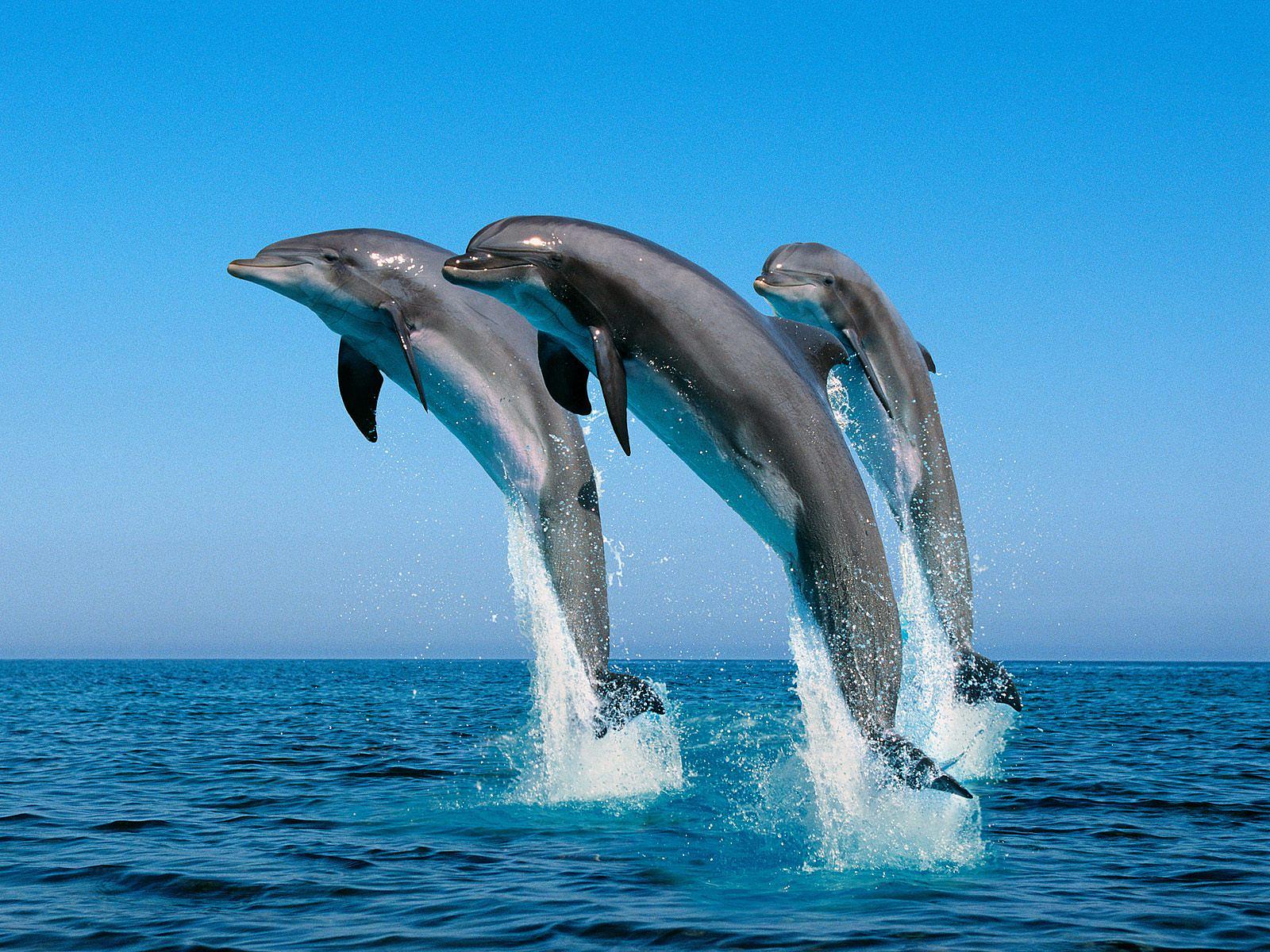
I am fascinated by the intelligence
of animals. On the farm where I grew up, we often had Border Collie dogs who were intelligent
working dogs. They were exceptional herders and one dog was capable of
finding the milk cows in the field and herding them into the barnyard on his
own. Our daughter and son-in-law have an intelligent Border Collie family pet
who knows the names of several of his toys and will go and find the “Star” or “Chain”
or another toy when asked. Border Collies are thought to be one of the most
intelligent dog breeds; yet, compared to other animal species, dogs may not
even be the most intelligent animals on the planet.
One of the more interesting studies reported that crows had the ability to recognize “bad guys” and communicate this information to other crows.
New Caledonian crows have been shown to have the ability to make tools to aid
them in foraging for food (see this article as well).
to have methods of communicating with each other that humans cannot yet
understand. They have been shown to create tools such as bubbles blown from their own bodies for hunting and play.
They will also use naturally occurring sponges as tools for digging for buried fish.
They have the ability to deceive other apes for their own benefit.
species is still very limited in how far this intelligence can develop. Even
intelligent dogs may be more intelligent than very small children, but the
toddlers eventually surpass the intelligence of even the smartest of dogs. Yet,
it is fascinating to see that humans are not the only species on the planet
with some measure of communicative and problem-solving intelligence.
For a summary
of some of the research on animal intelligence, you might want to read an article that appeared in the March, 2008 issue of National Geographic.
Collection of links used in this article: